iPhone X vs. iPhone 8 Plus: Here's the One to Get
The iPhone 8 Plus beats the iPhone X in some ways, but Apple's $999 handset wins where it counts most in this eight-round battle.
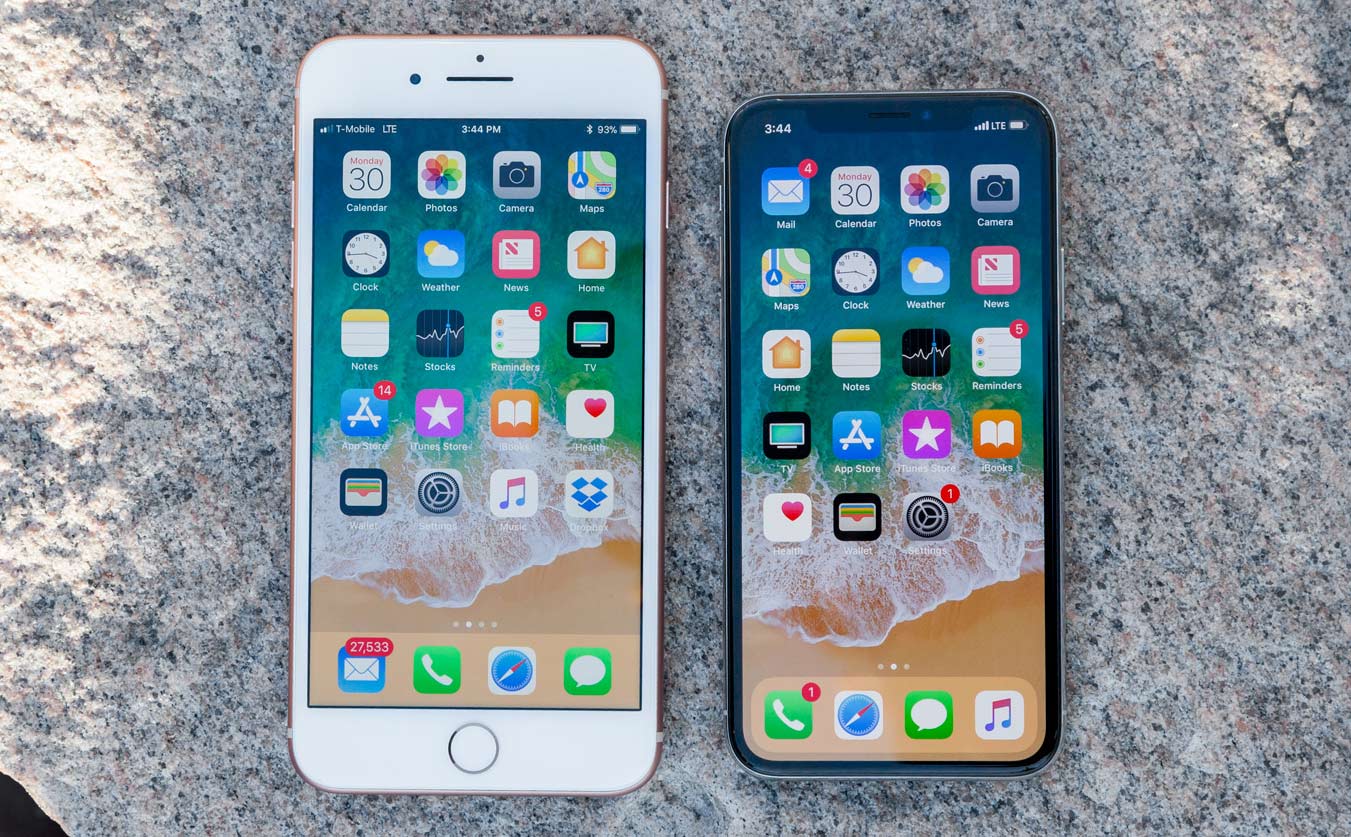
For the first time ever, Apple has two new big-screen phones in its lineup, in the iPhone X and iPhone 8 Plus. These flagships have some things in common, including the record-setting A11 Bionic processor, dual rear cameras and wireless charging. But there are a lot of differences, too, in terms of design, display and battery life.
And let's not forget the $200 price difference between the iPhone 8 Plus and the more expensive iPhone X. So which device is right for you? We'll break it all down so you can make the right call for your needs.
iPhone X vs. iPhone 8 Plus: Specs Compared
| Row 0 - Cell 0 | iPhone X | iPhone 8 Plus |
| Price | $999 | $799 |
| Display | 5.8 inches (2436 x 1125) Super Retina OLED | 5.5 inches (1920 x 1080) LCD |
| Rear Cameras | Dual 12-MP (f/1.8, f/2.4) | Dual 12-MP (f/1.8, f/2.8) |
| Front Camera | 7-MP TrueDepth (f/2.2) | 7-MP (f/2.2) |
| CPU | A11 Bionic | A11 Bionic |
| RAM | 3GB | 3GB |
| Storage | 64GB, 256GB | 64GB, 256GB |
| Battery Life | 10:49 | 11:16 |
| Size | 5.7 x 2.8 0.3 inches | 6.2 x 3.1 x 0.3 inches |
| Weight | 6.1 ounces | 7.1 ounces |
Design
It's not that the iPhone 8 Plus is ugly; it's just that the bezels above and below the 5.5-inch screen look dated compared to the what you find on the iPhone X, which has an edge-to-edge, 5.8-inch display.
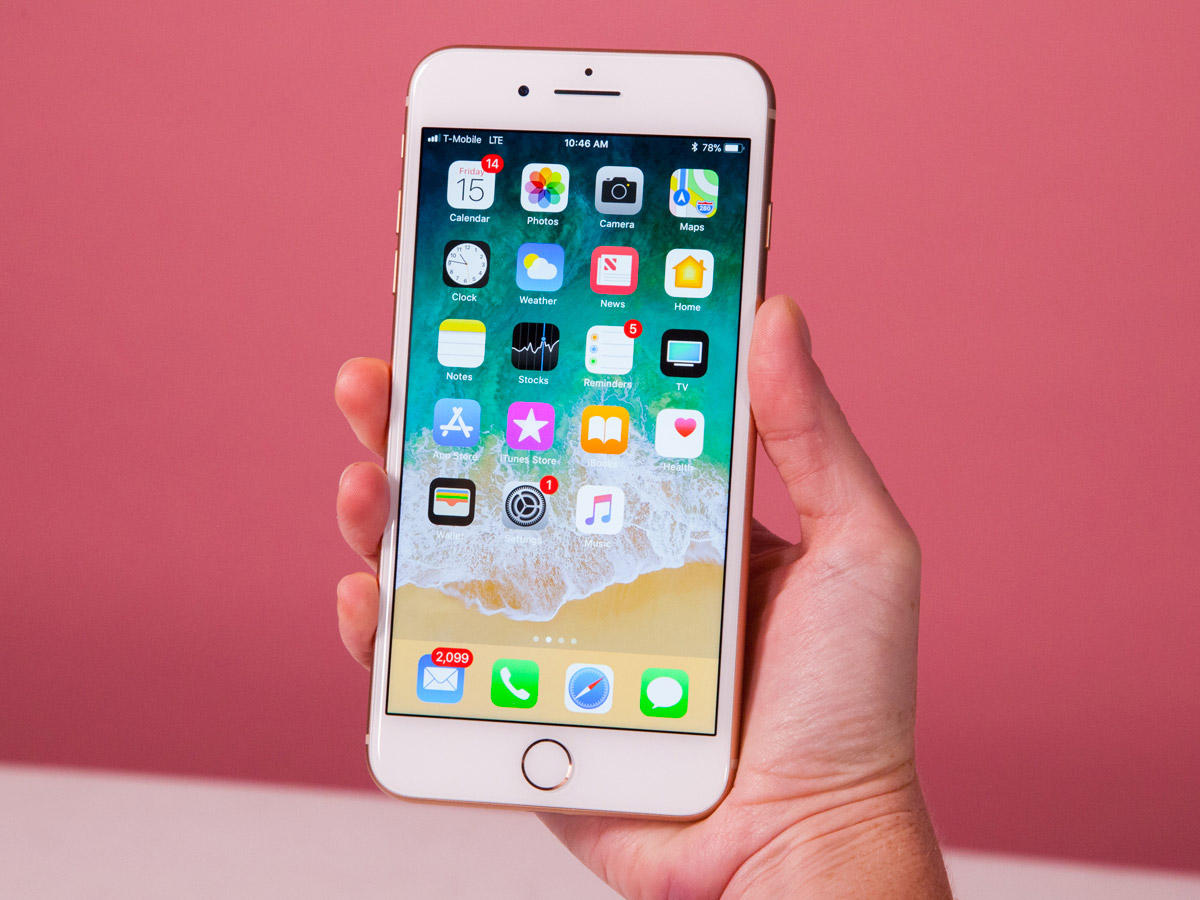
The iPhone X is also more compact and lighter than the iPhone 8 Plus; the former measures 5.7 x 2.8 x 0.3 inches and weighs 6.1 ounces, while the 8 Plus measures 6.2 x 3.1 x 0.3 inches and weighs 7.1 ounces. Translation: The iPhone X is much easier to use with one hand and takes up less room in your pocket.
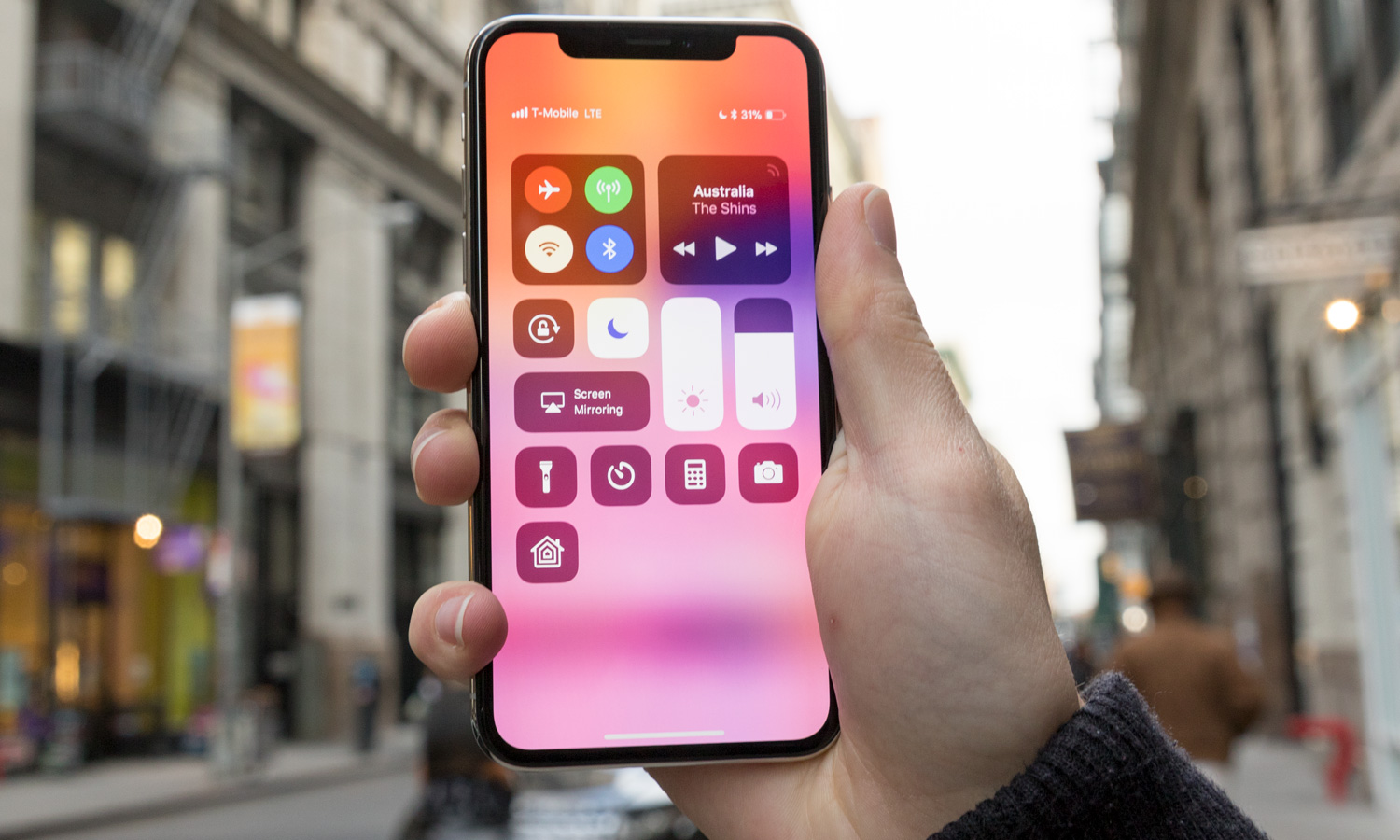
On the other hand, we like that the iPhone 8 comes in three colors (Gold, Silver and Space Gray); the iPhone X comes in just two (Silver and Space Gray). Nevertheless, the iPhone X just looks and feels better.
Winner: iPhone X
Display
As far as LCDs go, the 5.5-inch iPhone 8 Plus has one of the better panels we've seen, but it's no OLED. The 5.8-inch Super Retina Display on the iPhone X offers richer colors, wider viewing angles and more brightness.
Sign up to get the BEST of Tom's Guide direct to your inbox.
Get instant access to breaking news, the hottest reviews, great deals and helpful tips.
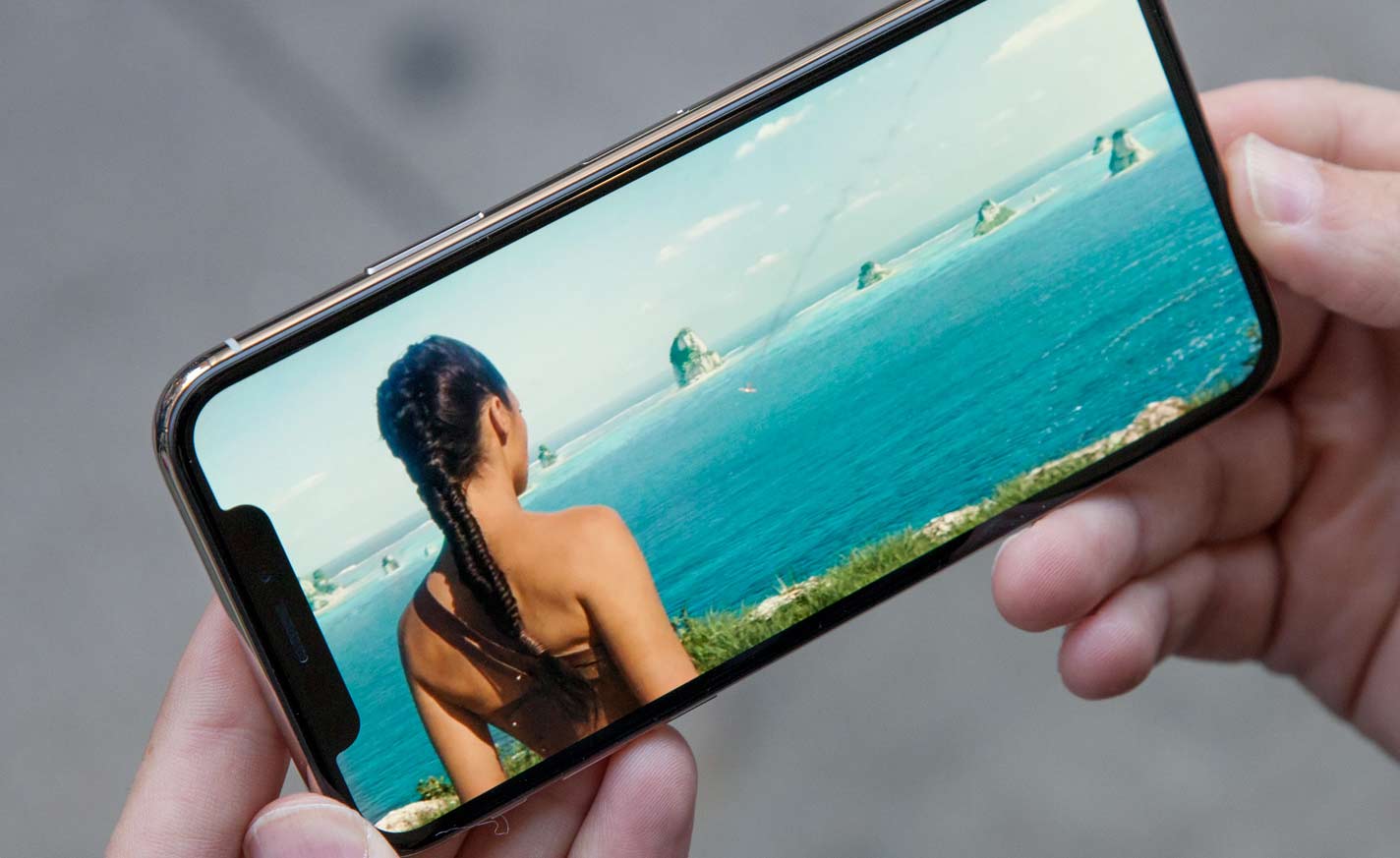
Based on our tests, the iPhone X produces more of the sRGB color gamut, at 128.6 percent versus 122.5 percent for the iPhone 8 Plus. However, the iPhone 8 Plus had a very slight edge on color accuracy, with a Delta-E score of 0.25, compared to 0.27 for the iPhone X. (Zero is perfect.)
The iPhone X's screen is sharper, at 2436 x 1125 pixels. The iPhone 8 Plus' display has a lower resolution of 1920 x 1080.
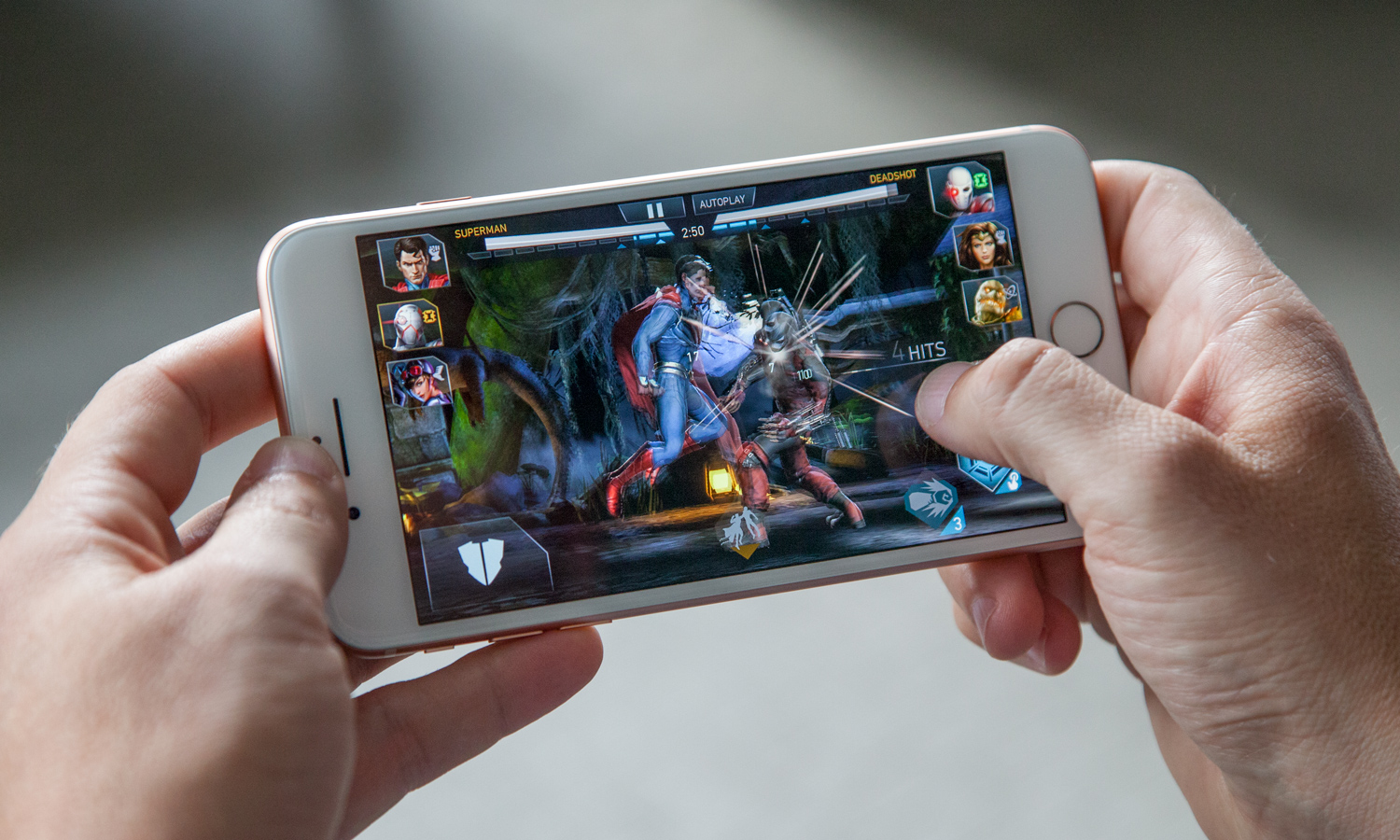
The iPhone 8 Plus' screen does give you more real estate, because it has a more traditional and wider 16:9 aspect ratio, compared to 19.5:9 for the iPhone X. That means everything from movies and web pages to even the keyboard looks noticeably bigger. However, the edge-to-edge screen on the iPhone X makes watching videos and playing games feel more immersive.
Winner: iPhone X
Ease of Use
The iPhone X understandably introduces new gestures due to the lack of a Home button and Touch ID, and this adds to the learning curve. And even once you get the hang of things, you'll realize that it simply takes longer to do certain things on the iPhone X than on the iPhone 8 Plus.
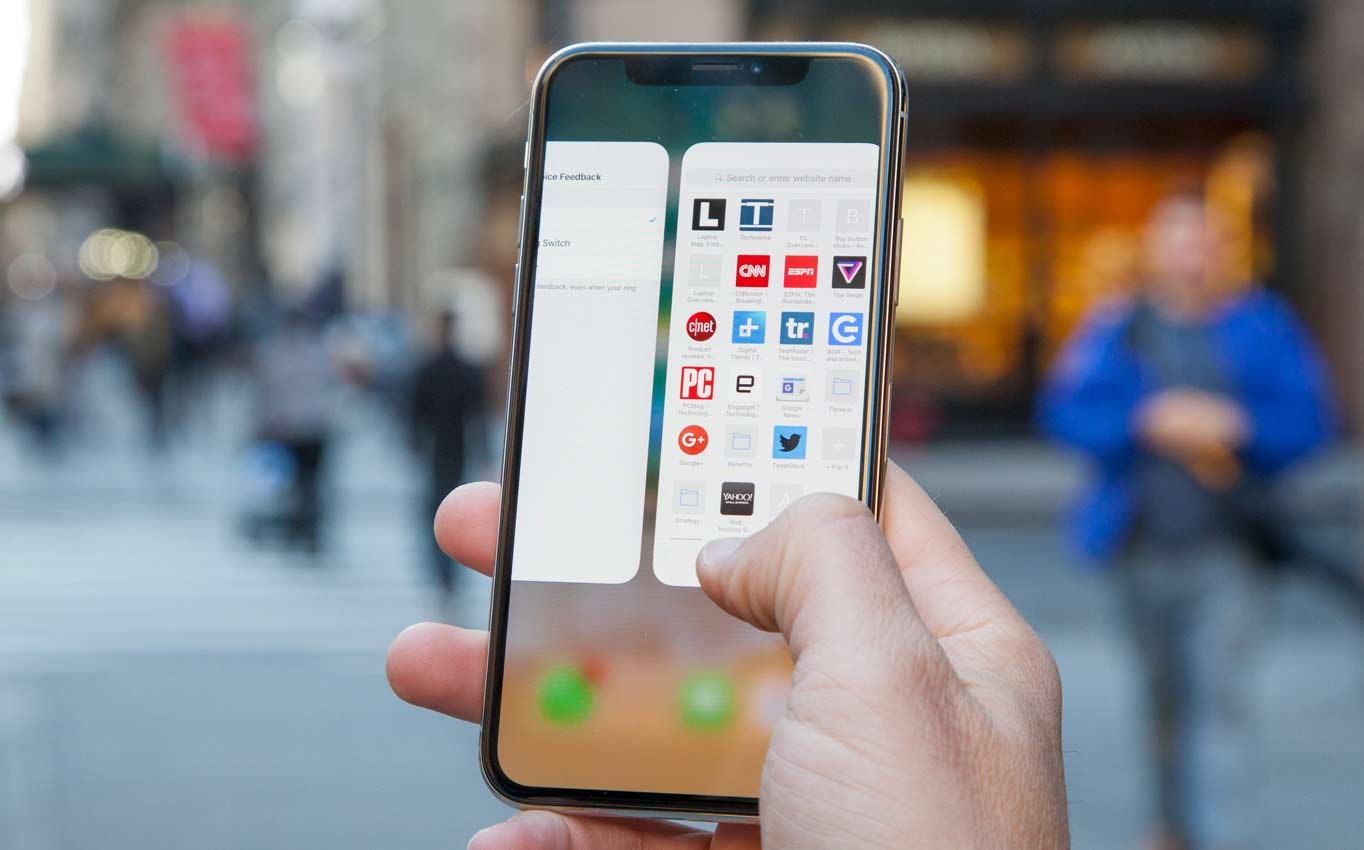
Closing apps is about as fast on one phone as the other; it's a simple swipe up on the iPhone X and a press of the home button on the iPhone 8 Plus. But switching between apps on the iPhone X takes more time, as you need to swipe up and then hold your finger on the screen briefly. With the iPhone X, you simply double tap the Home button.
MORE: How to Use the iPhone X
Force quitting apps on the iPhone X takes an extra step versus the iPhone 8 Plus. You need to long press the screen on the iPhone X and then swipe up on an app to close it; with the iPhone 8 Plus, you just swipe up.
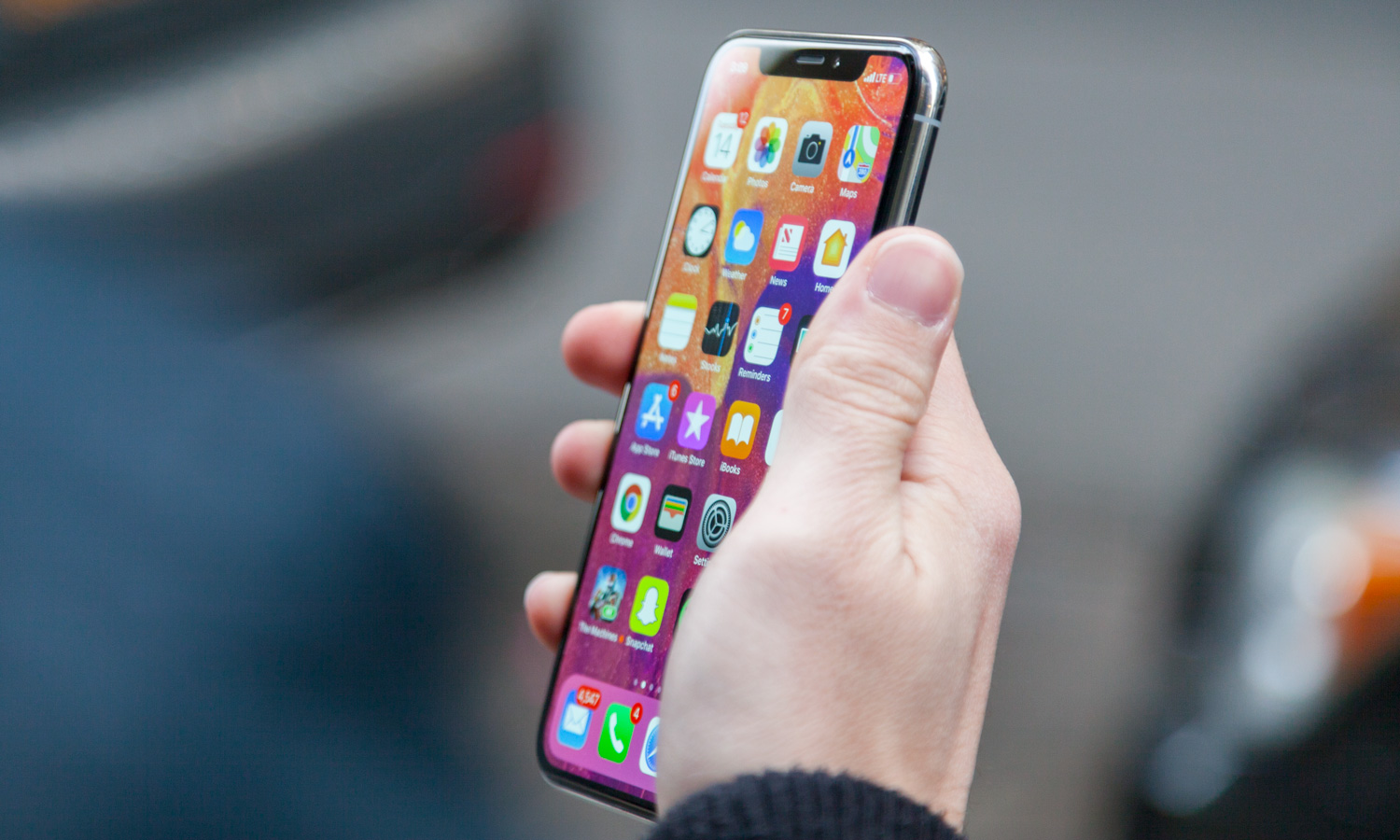
Even looking at your battery life percentage takes more time on the iPhone X, as you must swipe down from the top right of the screen. (Because of the notch on the iPhone X, there's no room to show this info by default.) With the iPhone 8 Plus, the battery percentage always displays in the top right corner.
Winner: iPhone 8 Plus
Cameras
The iPhone X and the iPhone 8 Plus both offer stellar image quality, as both phones feature dual rear cameras that benefit from Apple's new, larger and faster sensor, as well as a new color filter. However, while the iPhone 8 Plus has optical image stabilization (OIS) on its wide-angle lens, the iPhone X adds OIS for its telephoto lens, the one that enables 2x optical zoom.
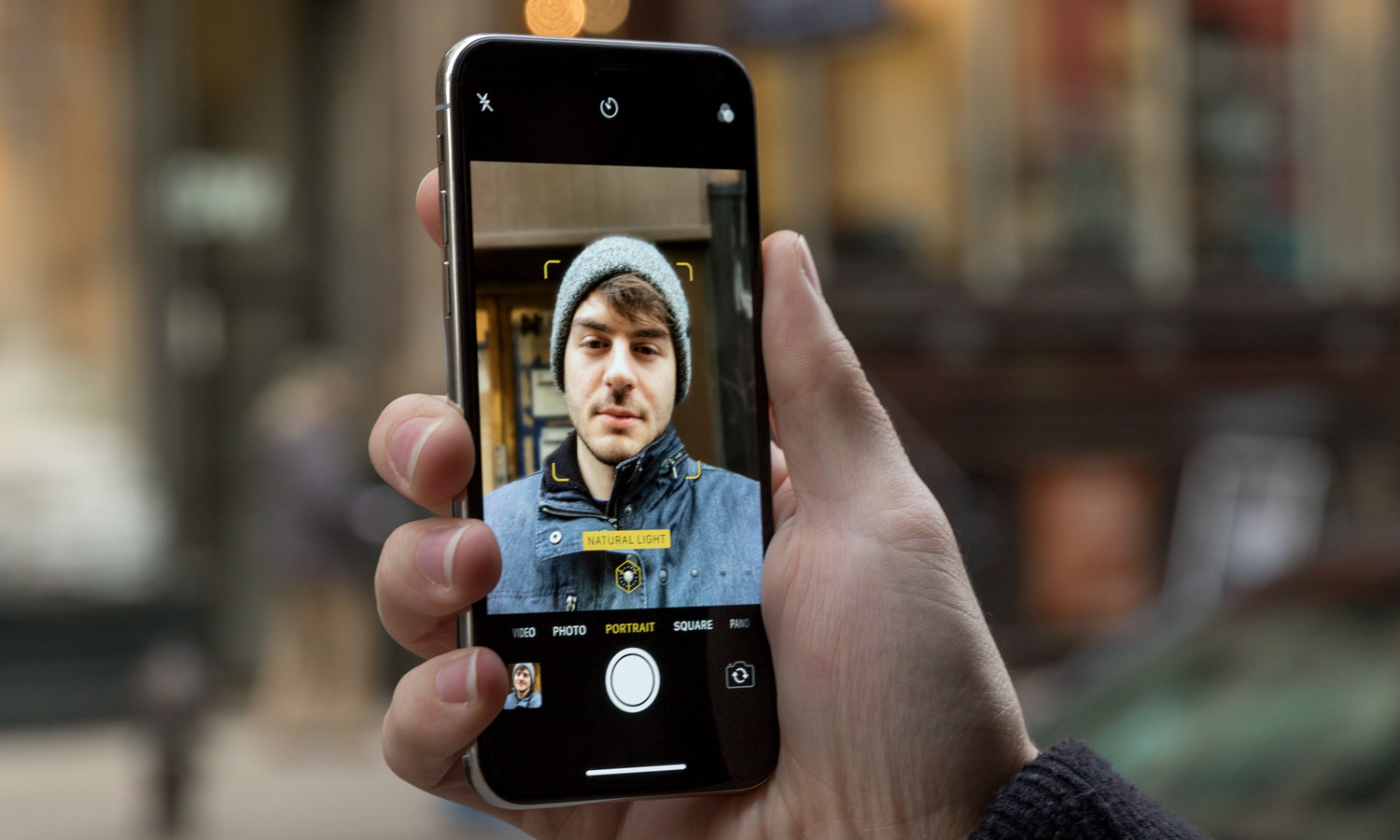
In addition, the telephoto lens on the iPhone X has a lower aperture (f/2.4) than the lens on the iPhone 8 Plus (f/2.8). In other words, the iPhone X lets in more light when you use the zoom. In a shot I took of the Empire State building with the zoom enabled on both phones, the iPhone X's shot delivers better detail and more even exposure.
The iPhone X also takes more-compelling selfies than the iPhone 8 Plus, as the iPhone X's TrueDepth front camera can snap Portrait Mode photos, complete with lighting effects like Studio Light and Contour Light. With the iPhone 8 Plus, you can only take portraits that blur out the background with the rear cameras.
Winner: iPhone X
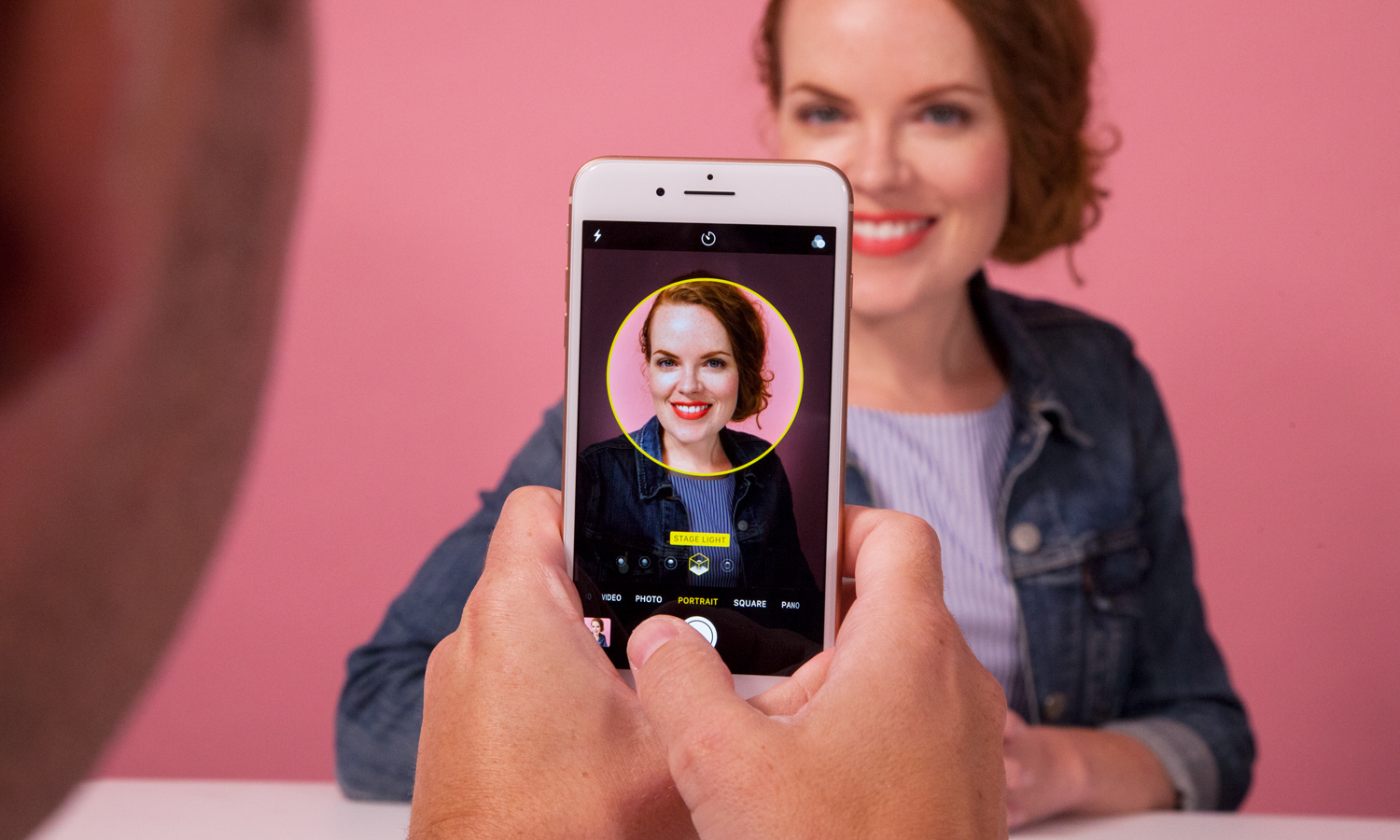
Performance
Because the iPhone X and iPhone 8 Plus have the same processor, you can expect the same speedy performance out of both handsets. On the Geekbench 4 multicore test, for example, the iPhone 8 scored 10,472 and the iPhone X hit 10,357, so they're basically comparable. It's worth noting that the next-fastest Android phone, the Galaxy Note 8, scored just 6,564.
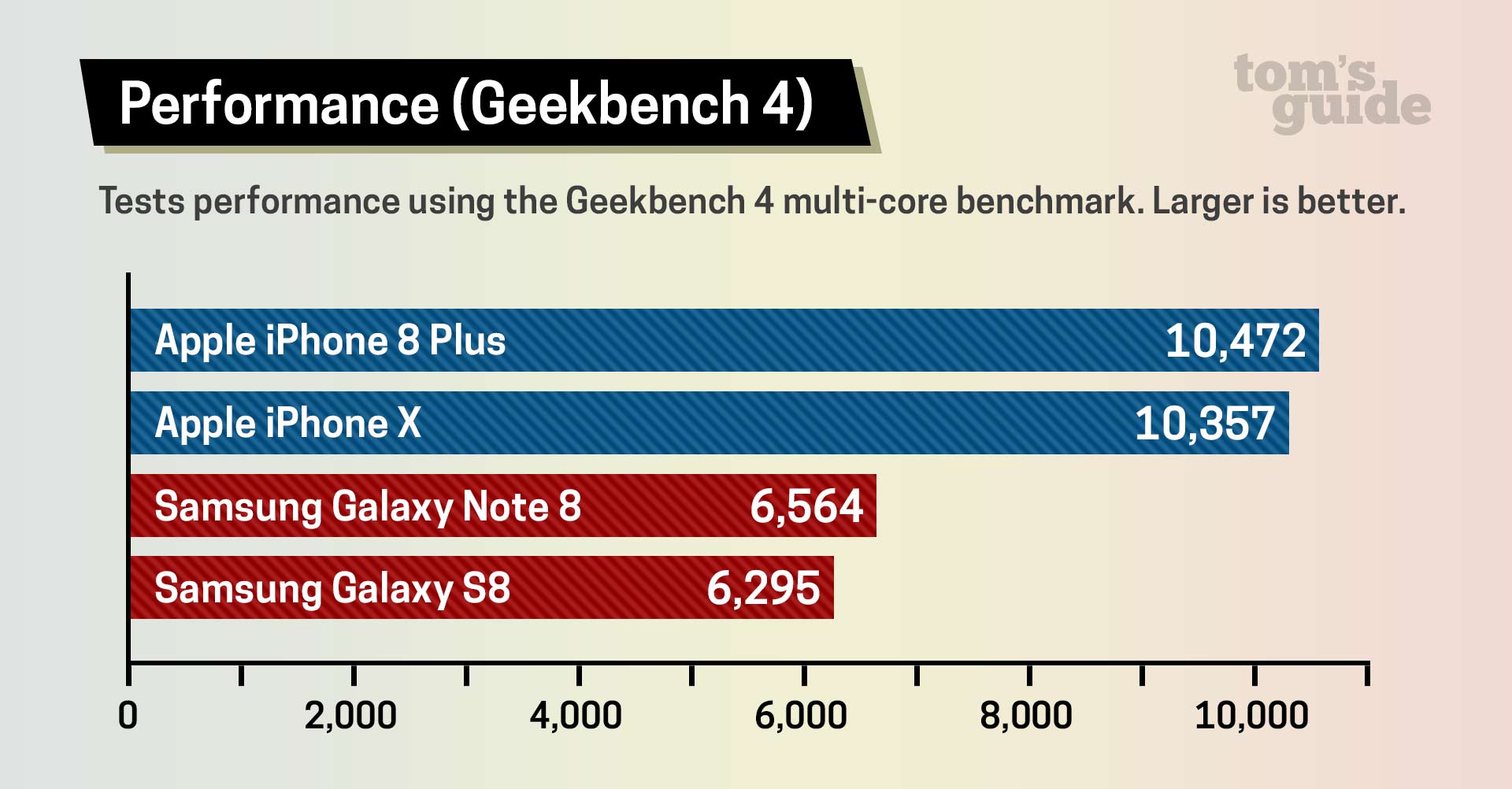
Both the iPhone X and iPhone 8 Plus are speed demons when editing video, too. The two Apple devices each took just 42 seconds to transcode a 4K video to 1080p. The next-fastest Android phone, the Pixel 2, took nearly 3 minutes.
Winner: Tie
Battery Life
The iPhone X and iPhone 8 Plus both last longer than the average phone, but the 8 Plus delivers better endurance. On the Tom's Guide Battery Test, which involves web surfing over LTE (in this case, T-Mobile's network), the iPhone 8 Plus lasted 11 hours and 16 minutes. The iPhone X lasted 10:49.
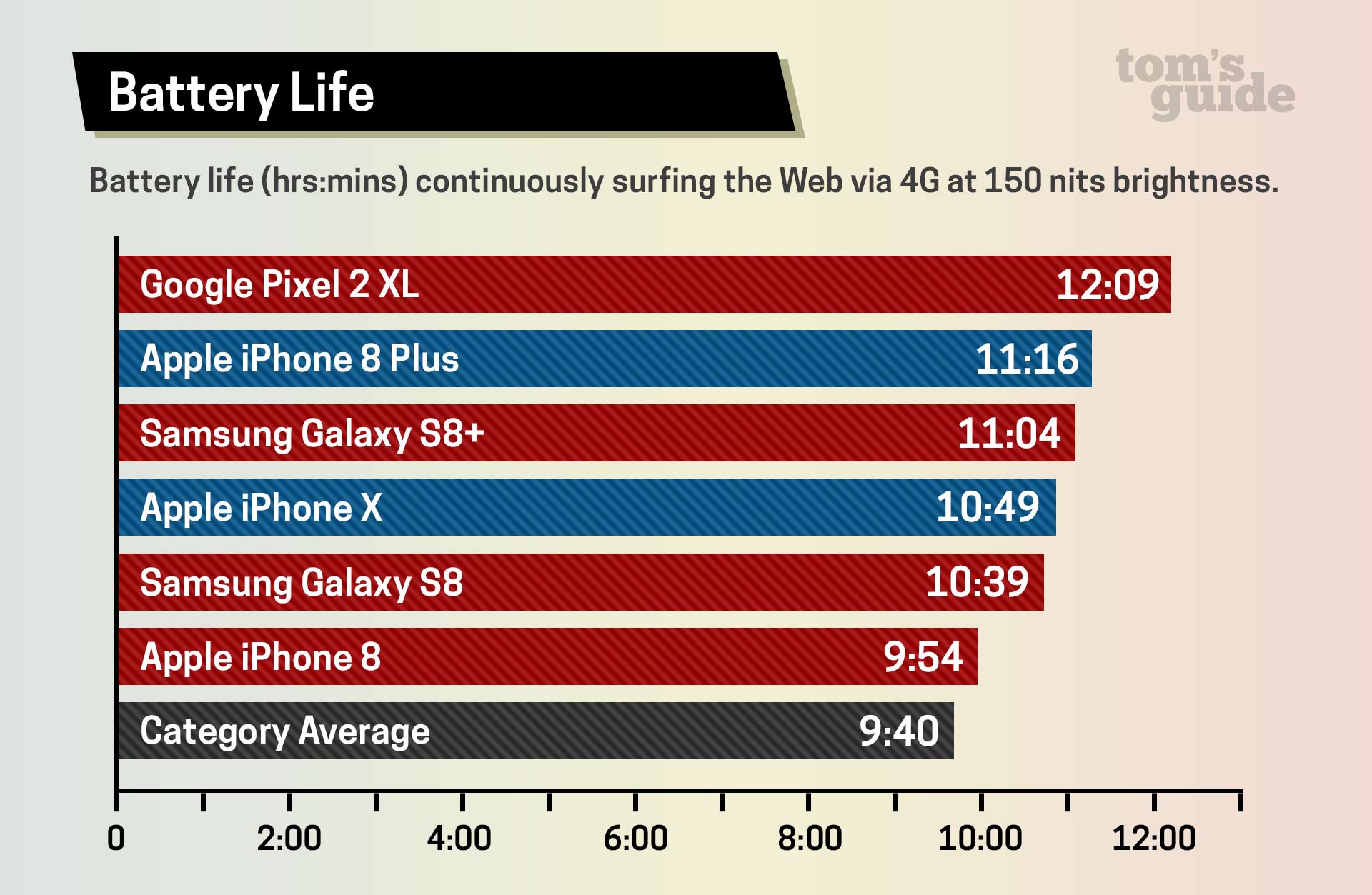
The average phone lasts about 9:40, but we've tested some phones that last well over 12 hours. Both the iPhone X and iPhone 8 Plus offer fast charging, which will get you to 50 percent capacity in just 30 minutes, but you need to pay about $70 extra for a USB-C power adapter and USB-C to Lightning cable.
Winner: iPhone 8 Plus
MORE: How to Fast Charge the iPhone 8 and X (And What You'll Need)
Special Features
The most unique feature on the iPhone X is the TrueDepth camera on the front, which enables the Face ID security feature that lets you log in to your phone just by looking at it and swiping up. We've found Face ID to be very reliable, whether we were in bright sunlight or complete darkness. Touch ID is a little bit faster based on our tests, but with Face ID, you don't have to worry about getting into your phone when you have crumbs or sweat on your fingers.
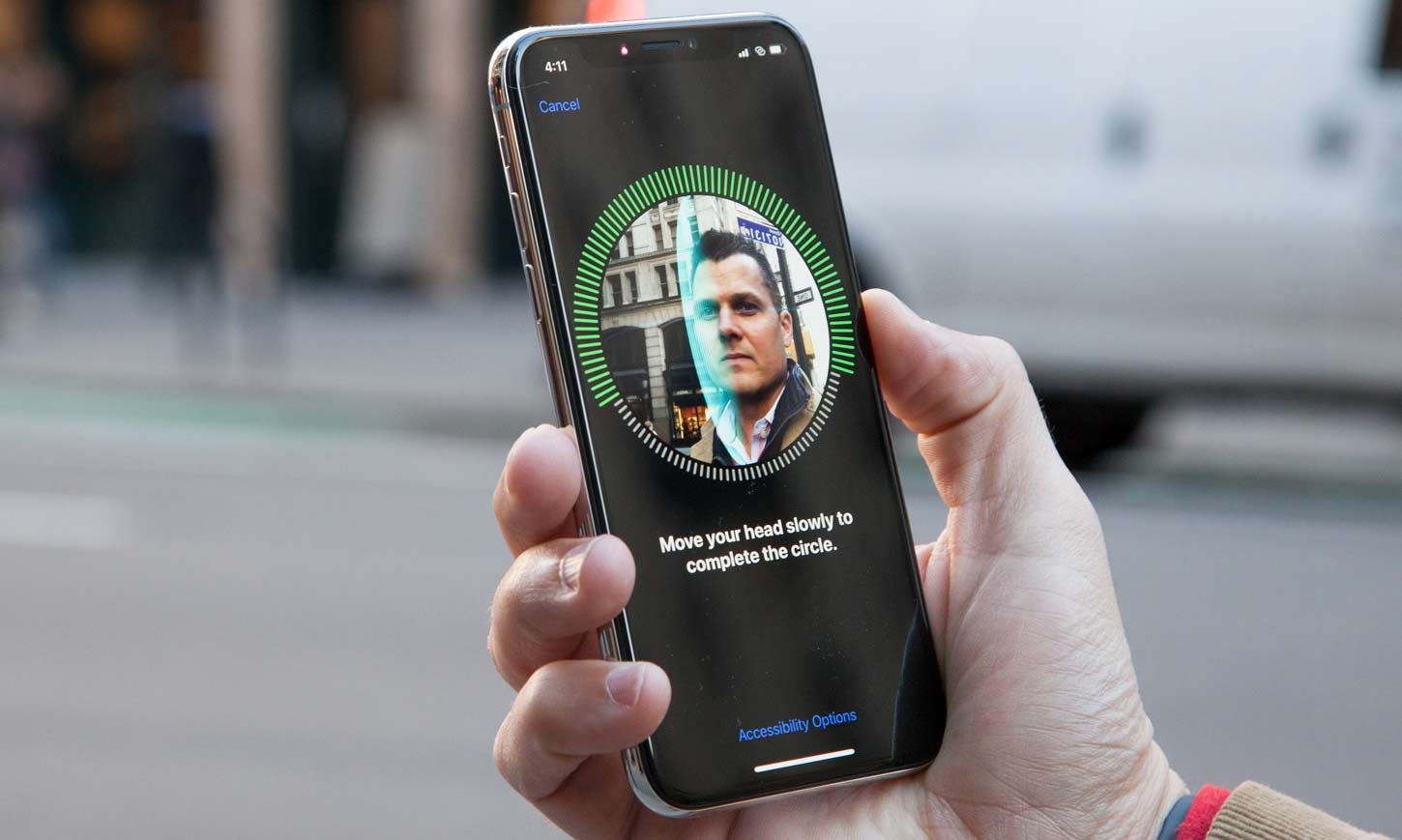
The TrueDepth camera also powers Animoji, animated characters that you can give life to with your facial movements and voice. There are 12 options, ranging from a unicorn to an alien, and you can send your short recorded videos via the Messages app in 10-second snippets.
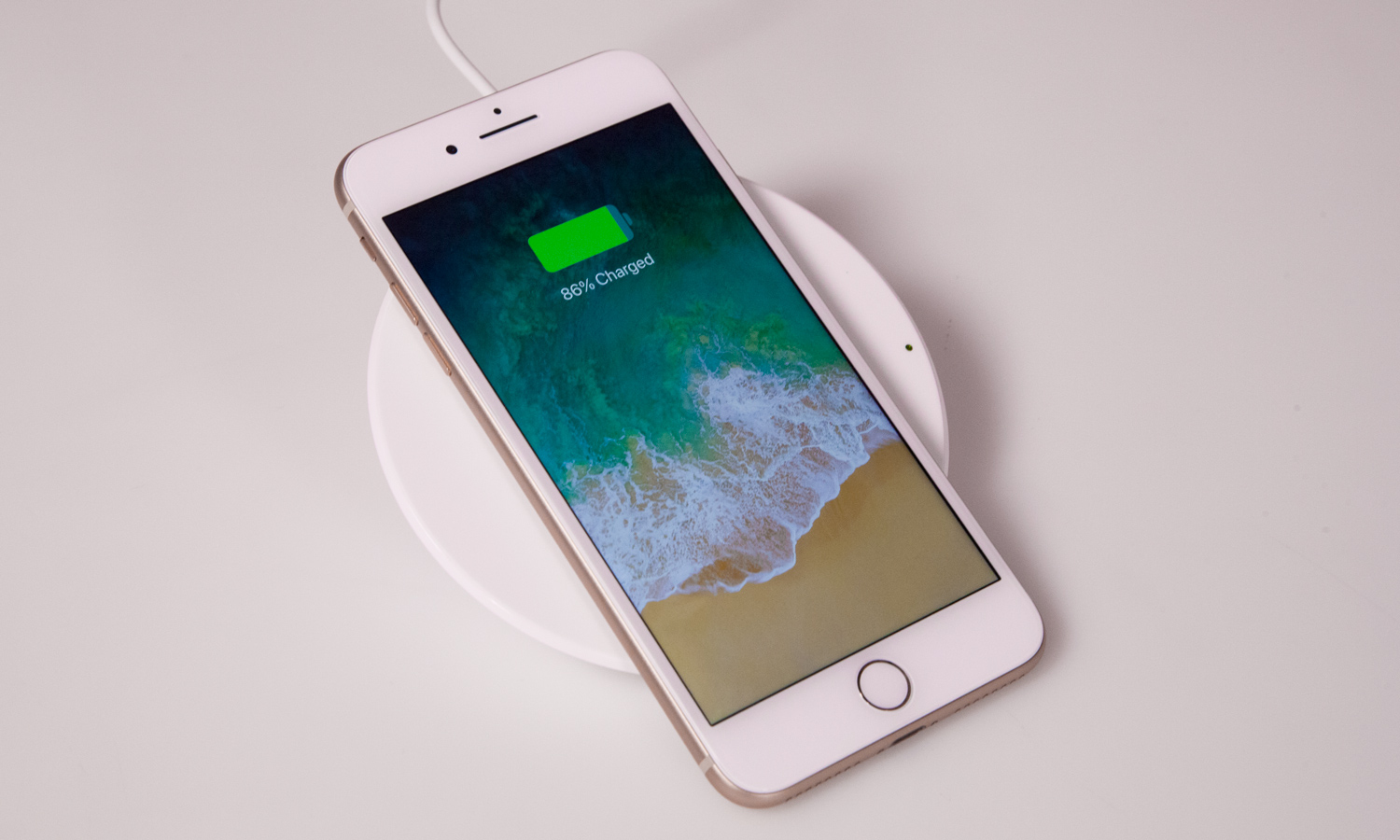
Both the iPhone X and iPhone 8 Plus offer water-resistant designs, fast wired charging (although you'll pay extra) and fast wireless charging via Qi pads that deliver 7.5 watts.
Winner: iPhone X
Value
The iPhone 8 Plus is $200 cheaper than the iPhone X, at $799 and $999, respectively, but most shoppers won't wind up paying the total up front. Carriers have installment plans that break that premium down into monthly payments. For instance, on Verizon, you'll pay $41.66 a month for the iPhone X, compared to $33.33 for the iPhone 8 Plus.
That's still a significant difference of $8.33, about the price of a Netflix subscription, but it seems less scary than paying full price. The difference on AT&T is $6.67 per month for 30 months. With T-Mobile, the monthly fee is the same for the two phones, but you'll need to pay $249 more up front for the iPhone X than for the iPhone 8 Plus.
Also, keep in mind that you could get a 256GB iPhone 8 Plus for $50 less than the iPhone X. To get that amount of storage on the iPhone X, you're looking at $1,149.
Winner: iPhone 8 Plus
Overall Winner: iPhone X
The iPhone X wins this close contest with a score of 86 to 84, winning four out of eight rounds and tying in one. This phone has the sexier design (fewer bezels), much more impressive OLED display and more-versatile cameras. Face ID is slower than Touch ID, but the former is more reliable and less prone to false negatives than reading your fingerprints.
| Row 0 - Cell 0 | iPhone X | iPhone 8 Plus |
| Design (10) | 9 | 7 |
| Display (15) | 15 | 12 |
| Ease of Use (5) | 3 | 5 |
| Performance (10) | 10 | 10 |
| Cameras (20) | 19 | 17 |
| Battery Life (20) | 16 | 17 |
| Special Features (5) | 4 | 3 |
| Value (15) | 10 | 13 |
| Overall | 86 | 84 |
On the other hand, you shouldn't overlook the iPhone 8 Plus, especially if you want a slightly bigger display and longer battery life for a lower price. There's also no learning curve with this phone. But overall, the iPhone X is worth the splurge because it simply gives you a more feature-packed and forward-looking phone in a more compact design.
Credit: Shaun Lucas/Tom's Guide
Mark Spoonauer is the global editor in chief of Tom's Guide and has covered technology for over 20 years. In addition to overseeing the direction of Tom's Guide, Mark specializes in covering all things mobile, having reviewed dozens of smartphones and other gadgets. He has spoken at key industry events and appears regularly on TV to discuss the latest trends, including Cheddar, Fox Business and other outlets. Mark was previously editor in chief of Laptop Mag, and his work has appeared in Wired, Popular Science and Inc. Follow him on Twitter at @mspoonauer.

